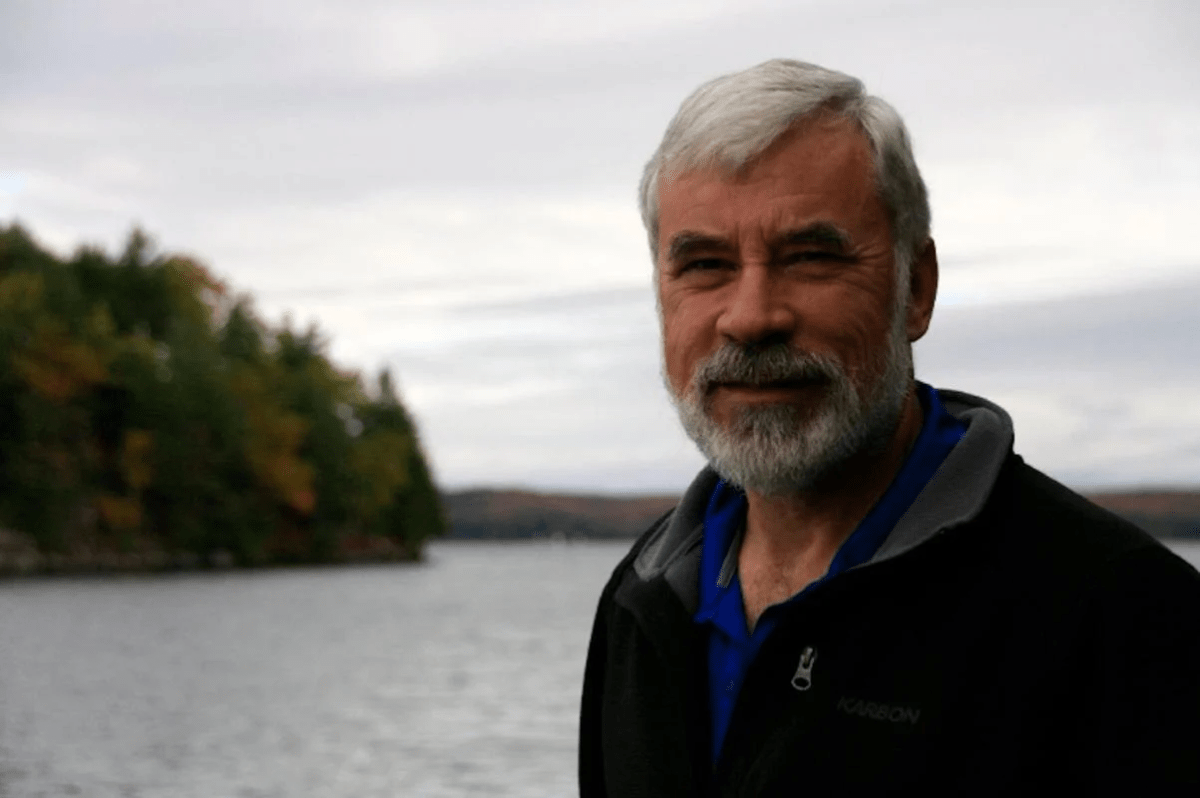The Assault on Science – Responding to Disinformation.
Disinformation poses a threat to truth and democracy. Recognizing reliable sources and evidence is crucial for protecting against misinformation’s harmful effects.
By Geoff Ross.

Last week, I discussed the assault on science, truth and democracy, noting that disinformation is a key tool in this assault.
How might we protect ourselves from such disinformation? A full response to this question would require many articles. Today, let’s consider one answer that goes to the heart of the difference between scientific fact and opinion.
We have likely all observed that humans tend to believe information consistent with their world view. Quite simply, we believe what we want to believe.
For example, we all want to believe problems related to economics, employment, crime, climate change and other things are not our own fault. This human trait is a valuable tool for those peddling disinformation.
Racist disinformation, for example, is quick to reassure us these things are indeed not our fault but are caused by “other people” — usually people who look or speak differently from us, or who come from somewhere else.
We can all see how powerful and effective this has been in promoting hate and removing responsibility from us. This is just an obvious example of the power of what we want to believe.
But there is a vast array of other disinformation much more subtle, but similarly powerful and destructive.
None of us want to believe climate change will be catastrophic for human civilization or that we are the cause. So, the climate change deniers give us disinformation we find more “comfortable” than what science is saying. For example, “climate change is exaggerated, it’s not our fault, and there’s no need to change what we’re doing or pay for remedies.”
But what about evidence?
One characteristic shared by scientists is extensive training in evaluating evidence for quality, reliability and pertinence, leading to debate with other scientists and ultimately agreement on fact.
This is part of the scientific method referred to in the previous article, but it is also much the same process used by judges, medical professionals and others with training on separating fact from fiction.
Do scientists want to believe certain things? Do they have opinions? Of course they do. But in their pursuit of science, they are trained to set beliefs and opinions aside in deference to a reliance on objective evidence leading to truth.
None of us has expertise or training sufficiently broad to be able to assess the quality of the full range of so-called evidence that may be used by the purveyors of disinformation. So how do we spot disinformation?
A key strategy is to learn to identify and trust reliable sources of information, versus sources that deal extensively in disinformation.
For example, few of us can critically assess the validity of news and evidence relating to a new pandemic, or climate change. But we can all learn to identify sources — such as the World Health Organization and the United Nations Intergovernmental Panel on Climate Change — and reports in the established media, as far more authoritative, reliable and objective than some news service or social media channel owned by a wealthy individual with a particular world view.
But what if that news service is saying something that you want, deep down, to be true, particularly if it is simple, convenient and comfortable?
Wanting to believe something does not make it correct or false. But it should send up a “red flag” that encourages you to check very carefully for the evidence, and the credibility of the source of the information.
Perhaps counterintuitively, we should be even more cautious, not less, with information that we want to believe is true.
Remember that our health, and that of our ecosystem, can only be protected by the application of science based on sound evidence — and the avoidance of disinformation, however attractive it may appear.

This is the seventh article in Muskoka Watershed Council’s current series “First Steps on the Path to IWM”. Its author is Geoff Ross, member and a former chair of MWC. The series is edited by Peter Sale. A version of this article was published on MuskokaRegion.com on January 11, 2025.
